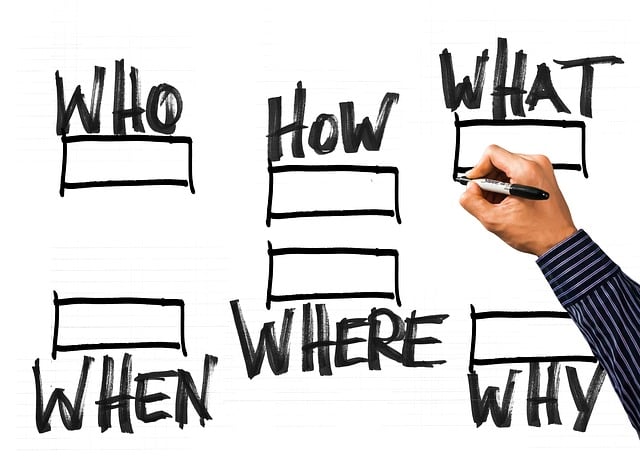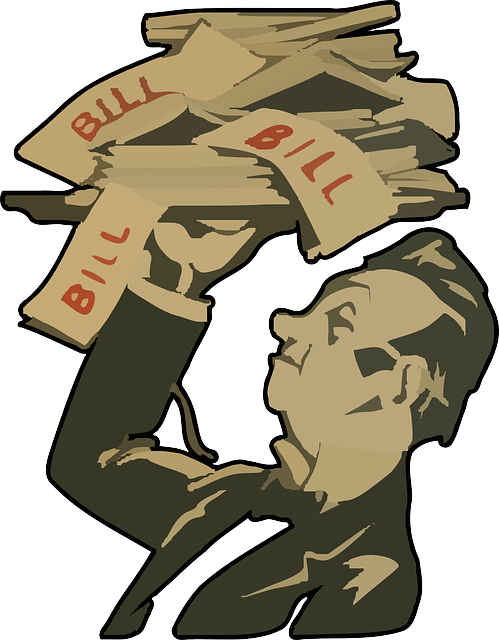Debt consolidation helps manage multiple debts by transforming them into a single, more affordable loan with simplified repayment and reduced stress. It involves applying for a new loan with lower interest rates, paying off existing debts, and assuming a fixed monthly schedule. Other options include refinancing from different lenders or specialized debt consolidation loans offering flexibility and counseling services. The key is to compare offers based on competitive interest rates and terms while understanding long-term costs.
Tired of managing multiple debt payments each month? Consider consolidating your debts into one streamlined loan. This strategic approach can simplify finances, reduce interest rates, and lower monthly payments. In this article, we explore the benefits of debt consolidation and guide you through the process. Additionally, discover powerful strategies for combining various debts into a single, manageable payment. Take control of your finances by learning how to consolidate your debt into one loan today.
- Understanding Debt Consolidation: Benefits and Process
- Strategies for Combining Multiple Debts into One Loan
Understanding Debt Consolidation: Benefits and Process

Debt consolidation is a powerful strategy for managing multiple debts by combining them into a single, more manageable loan with a lower interest rate. The primary benefit lies in simplifying repayment—instead of making several payments each month, a debtor makes just one. This can significantly reduce stress and make budgeting easier. Additionally, consolidating debt can free up financial resources that were previously dedicated to individual debt payments, potentially allowing for savings or investments.
The process typically involves applying for a new loan with a lender, using the funds to pay off existing debts. The key is to find a consolidation loan with a lower interest rate than your current debts. This requires careful consideration and potential credit evaluation. Once approved, the borrower uses the loan to settle all previous debts, becoming responsible for only one loan payment—typically with a longer repayment term than the original debts combined.
Strategies for Combining Multiple Debts into One Loan

When considering how to combine multiple debts into one loan, there are several strategies to explore. One popular approach is debt consolidation, where you take out a new loan with a lower interest rate to pay off your existing debts. This simplifies payments by combining multiple loans into one, often with a fixed monthly payment. Another strategy is refinancing, which involves securing a new loan with better terms from a different lender. This could offer lower interest rates or longer repayment periods, making it easier to manage your debt.
Additionally, some lenders provide specialized debt consolidation loans designed explicitly for this purpose. These loans often come with features like flexible repayment plans and potentially even financial counseling services. It’s crucial to compare offers from various lenders to find the best fit based on your financial situation and goals. This might involve shopping around for the most competitive interest rates and terms, ensuring you understand the full cost of consolidation over time.















